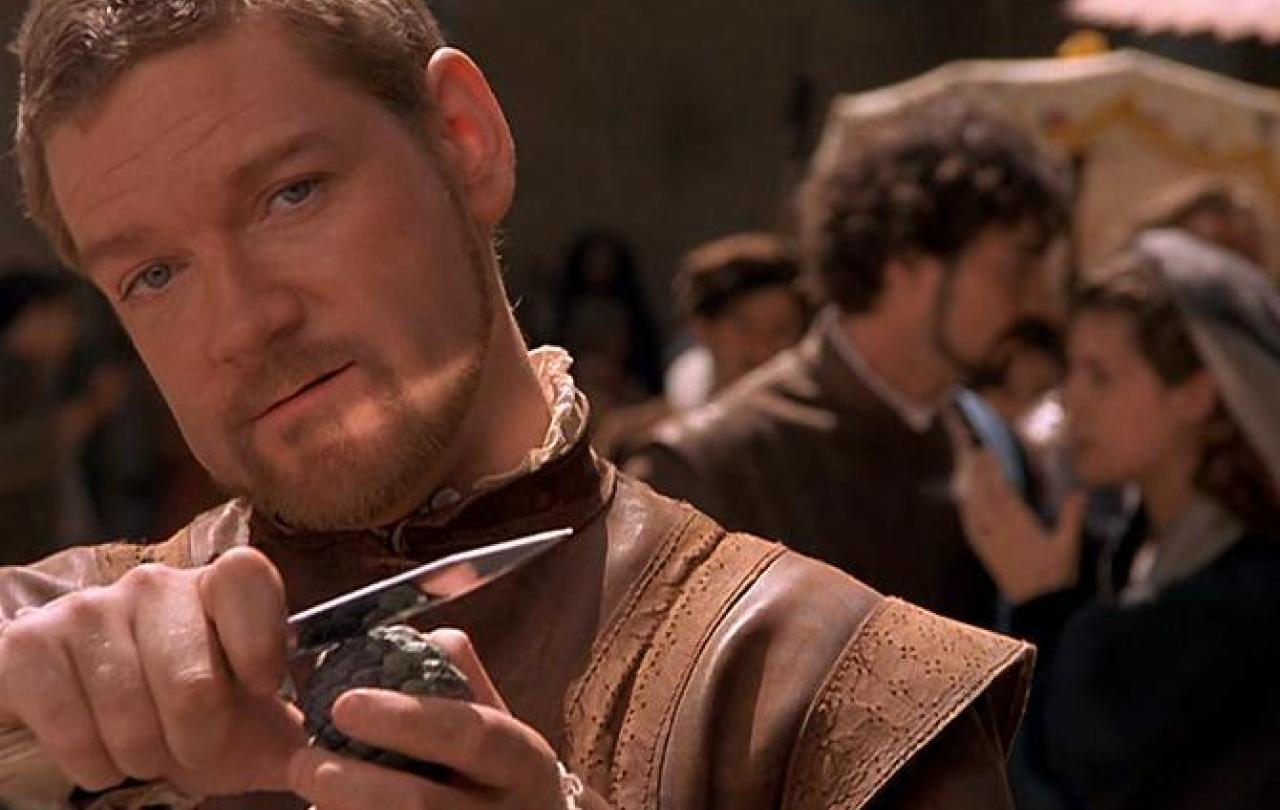
I could have laughed at Nick Gibb, the Minister of State for Education recently – but unfortunately, I don’t think he was trying to be funny. What caused my outburst of hilarity was a written answer he had given to a parliamentary question. The question had been asked by Catherine West, a shadow minister, and was enquiring about what steps the government was taking to ensure that recruitment targets for religious education teachers are met. As the daughter of a headmaster and a practising Quaker, it seems reasonable that she might take an interest in such matters; she is clearly aware of the recruitment crisis that is threatening the teaching of the subject in schools up and down the country. This awareness seemed to be lacking in the Minister of State’s response.
The first part of his answer was to report that the number of teachers remains high. And of course, he is correct – the number of Full Time Equivalent Teachers in England has remained fairly steady at around half a million for the last few years. What he didn’t mention is that there are over a quarter of a million more pupils now than there were five years ago. The pupil to teacher ratios in secondary schools has risen each year since 2013. Every teacher needs to teach more pupils. Last year the recruitment target for teachers was missed by some way and will be only slightly better this year.
Gibb’s answer was designed to suggest that there was no problem, nothing to worry about – when in fact there is a crisis.
But the question was about RE teachers specifically. And again, Nick Gibb chose his answer carefully, choosing the one year (2020/21) in the last ten when the recruitment target for RE teachers was exceeded – the year that the target was substantially reduced. In 2022/23 the recruitment target was missed by 25 per cent. On average between 10 and 12 per cent of RE teachers who train leave the profession within five years of training. This is higher than the average across all subjects.
Gibb’s answer was designed to suggest that there was no problem, nothing to worry about – when in fact there is a crisis. Teacher recruitment for all subjects is down 22 per cent from last year. However, RE stands out, being down a third of applicants from the last recruitment cycle.
Students often describe it as the one time in school where they can think independently about the people, events and beliefs in the world around them.
Why does it matter if there aren’t enough RE teachers?
Religious Education is the only subject which every state school must provide for all of its pupils. It has been this way since 1944 – but the subject has changed beyond recognition in that time.
It is a popular and increasingly important subject for our young people to study. Over the last five years entries to the GCSE have stood at around an average of 250,000 with entries to the full course GCSE rising by 30 per cent over the last decade. It is a subject which helps young people navigate the complex and dynamic nature of our multi religious, multi secular world. It has never been more important, recognised by wider society as vital for preparing students for life in global Britain.
Students often describe it as the one time in school where they can think independently about the people, events and beliefs in the world around them. It is a space where ultimate questions are discussed. Big questions such as: ‘Why do people suffer?’, ‘Is death the end?’, and ‘How should we behave in the world?’. In an increasingly secular world, young people need a space where they can explore these questions, gain insight into how Christians, members of other faiths and non-religious people respond to these issues and develop their own understanding of their place in the universe.
I wouldn’t go as far as some in saying that RE is an opportunity to de-indoctrinate young people against a prevailing secularising agenda, but RE is a curricular space where pupils can come to realise, that whatever their own personal background, someone’s belief or worldview, shapes and influences how they engage with and interpret the world around them. For some people these beliefs are fundamental; there is no place of neutrality on such matters – nobody stands nowhere. Pete Greig reminds us (in the book How to Pray: A Simple Guide for Normal People) that even those who state that they are not religious will often pray: there is a spiritual side to life, even if people fail to explicitly recognise it. If children are growing up in non-religious households, school may be the only place where spiritual matters are discussed openly and objectively.
High school pupils are now three times more likely to be taught RE by someone with no qualification in the subject than, for example, in history.
Teaching young people is a demanding job, and as someone who has been training people to teach RE in high schools since 2006, I know that teaching RE demands a particular skill-set. RE is multi-disciplinary, so it requires a teacher who understands how to think like a theologian, and a historian, a philosopher and a social scientist. It requires academic skills such as ethnography and literary analysis, but also the people skills to act impartially, empathetically and sensitively when discussing important and controversial issues. And all that on top of the skills required of any teacher – to manage behaviour, plan lessons and monitor progress for example.
However, such is the level of crisis that all too often RE is being taught by non-specialists, simply because there are not enough trained RE teachers. High school pupils are now three times more likely to be taught RE by someone with no qualification in the subject than, for example, in history. Of those who teach RE in secondary schools over half spend most of their time teaching another subject (compared to only 13 per cent of those who teach English and 27 per cent of those who teach Geography). These same pressures contribute to many schools’ RE provision simply not being good enough.
What can be done?
The first step for the government to take is to acknowledge that there is a problem – with teacher recruitment across the board. The teaching profession as a whole needs a boost – to show that teaching is an attractive career. Significant workload reductions and pay increases will help this perception.
But there is a specific problem with RE recruitment. Postgraduate teacher training attracts a bursary to teach Geography of £25,000. RE trainees receive no bursary. I have heard of well qualified humanities or social science graduates who have chosen Geography over RE simply because of this. In years when there has been a bursary available to train as an RE teacher, then recruitment has risen significantly.
But what might really make a difference is a properly funded National Plan for RE to ensure it is properly resourced and taught by professionally trained teachers.
For more information about becoming an RE teacher or supporting the campaign, visit: Teacher Recruitment - Culham St Gabriel's (cstg.org.uk)





